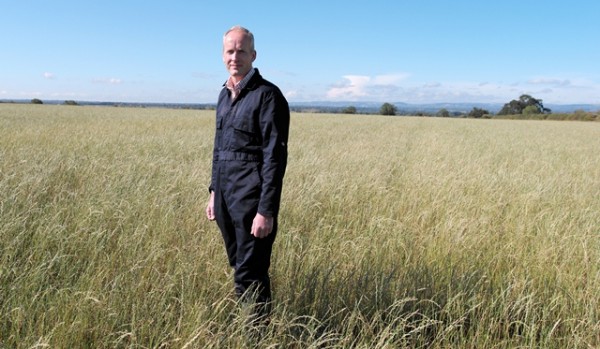

Name: Simon Shone
Farm Type: Dairy and beef
Location: Cheshire
Size: 400 acres
Soil Type: Mixed heavy and sandy loam, including flood plains
Mixes Used: Ryegrass Over-Seeding (Short and Long term mixes)
Over-seeding is often done while the cattle are in the field on this grass-only farm. Simon comb harrows and broadcasts seed in one pass, relying on the cows to tread the seed in.
In deciding when to over-seed, soil warmth and moisture are the most important factors, as the soil must be damp when seed is added. The earliest Simon has over-seeded is March and the
latest is September, with around 50 acres over-seeded each year determined by how each field looks. Although he has tried slot seeding, broadcasting seems to have the best results on this farm which also means Simon can do it himself, rather than getting in a contractor to drill.
Boosting grass leys in this way is the most cost-effective option in maintaining sward quality. Ploughing would take much more time and be far more disruptive to the rotational grazing system. As the farm includes some flood plains which can be impossible to get on to with a plough, over-seeding is the only real option on some fields. On these flood-prone areas the short term ryegrass overseeding mix is used as the aggressive Italian ryegrass component means the grass gets going faster.
Elsewhere on the farm, the longer term over-seeding mix is used. As swards are cut or grazed before going to seed there is no natural regeneration, so a regular programme of enriching pastures with new seed is essential to maintaining healthy swards. Although the recommended sowing rate is 10kg per acre, Simon often increases this to 12 or 14kg per acre to create a really dense sward. This extra seed has also really helped in the last couple of years where there has been very little rain in the spring.
When adding new seed in the spring, a first cut is taken from the existing grass in May, creating a really bare field, before Simon harrows and broadcasts new seed. Cattle then rotationally graze the field for the rest of the season, with a bumper cut taken for silage the following spring. At other times of the year, old swards are grazed right down before broadcasting new seed.
No nitrogen fertiliser is added to a newly sown field as this would favour the existing grass too much, but potash levels are topped up when required and dirty water is occasionally spread on a field just before broadcasting to give the soil a boost. There can be an issue with frit fly and docks on the farm, so these are sprayed for when needed.
In providing quality grazing and silage for his cattle, it’s all about keeping it low cost for this farmer, with over-seeding providing the best returns for very little input.
Date Posted: 30th March 2017



